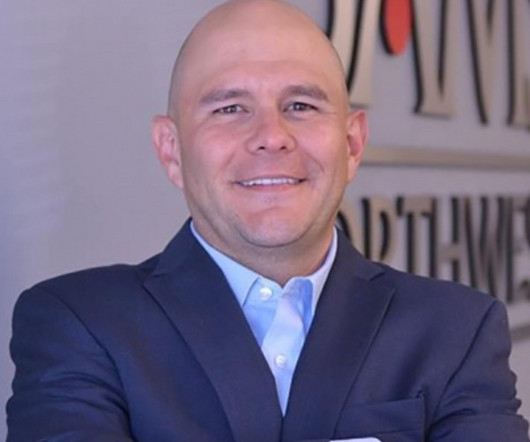Facing a Digital Divide, Student Success Requires Connectivity and Access to Technology
ED Surge
AUGUST 9, 2023
The digital divide has long been a simmering problem facing millions of students that took a global pandemic to bring to a boil. At the time, nearly 16 million students in the United States lacked home internet access, according to a widely cited report from Common Sense Media. Despite incremental progress made to narrow the digital divide, students’ success today hinges on having access to a connected device and high-speed internet in the classroom and at home.










Let's personalize your content